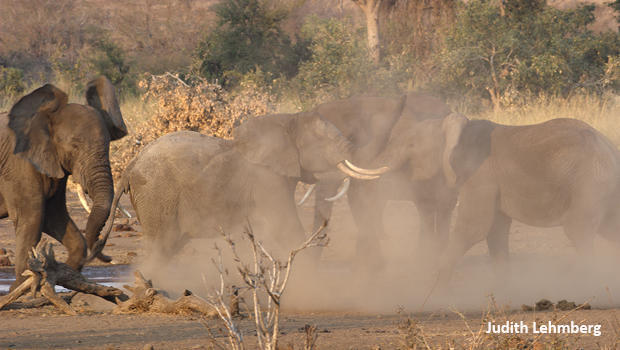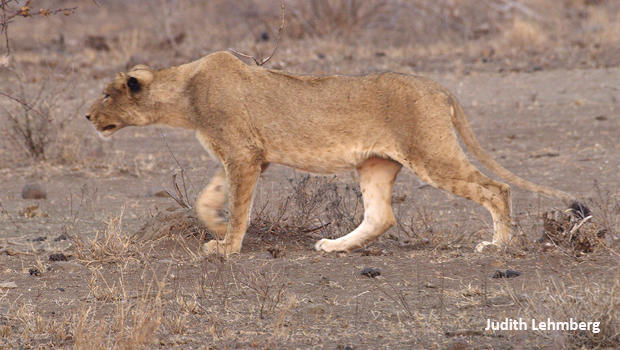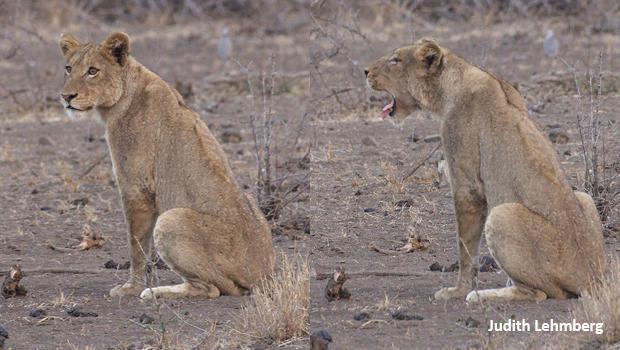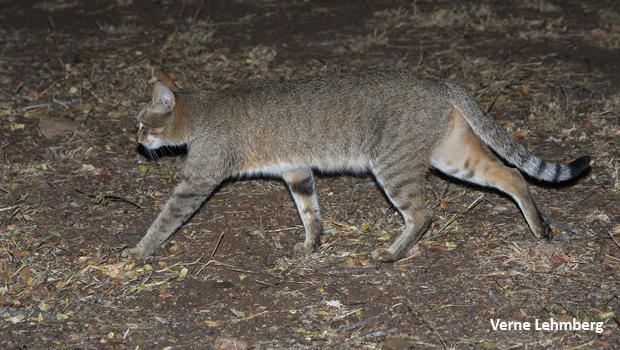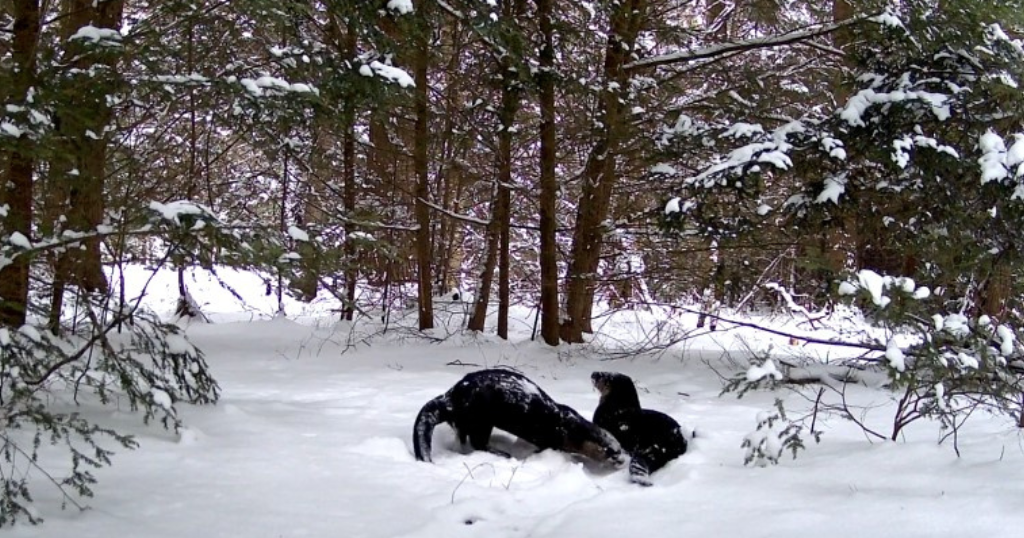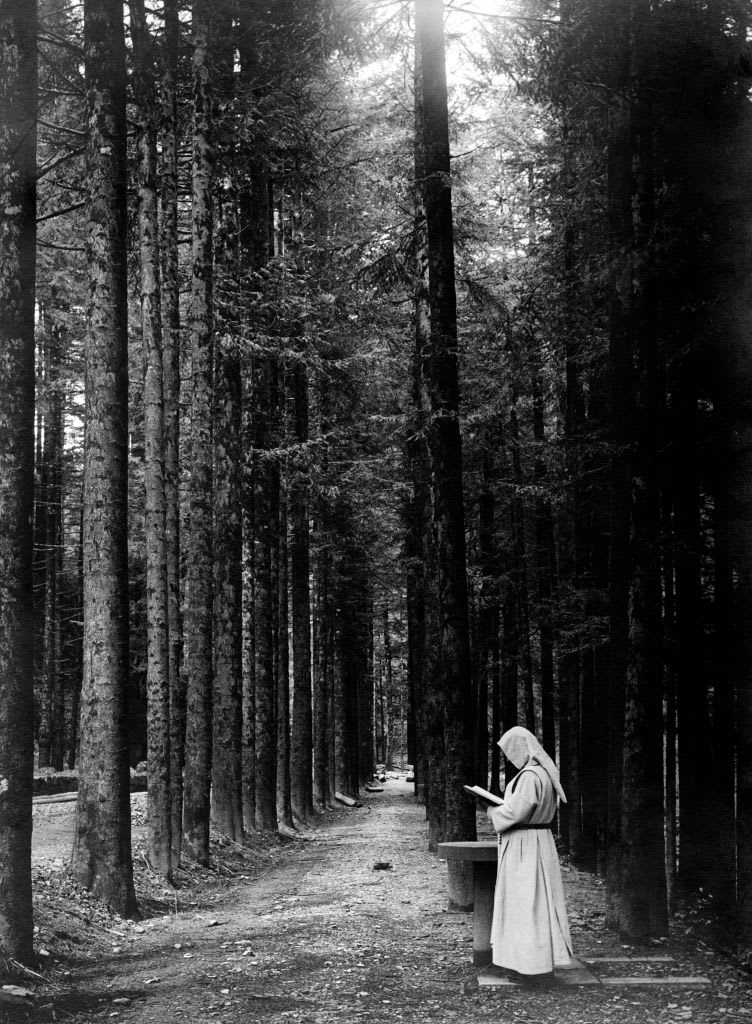Nature up close: Decisions, decisions … lions or elephants?
Follow along as "Sunday Morning" contributing videographer Judy Lehmberg reports on her two-month trip to Kruger National Park in South Africa and to Kenya's Maasai Mara.
Most of our days are spent driving slowly looking for wildlife. When we do spot something we feel lucky and photograph it. It can be hours, or even days, between really good sightings (like the cheetahs killing the impala, or the lions trying to kill a buffalo I previously wrote about). Rarely do we have the problem we encountered yesterday afternoon. There were at least ten cars stopped ahead but rather spread out, not in a tight wad. What did they see?
South Africans are amazingly observant. If there is a lion lying flat in tall grass occasionally flicking its tail they will see it. I don't know how they do it. I am just super glad they do.
We love playing the "What do they see now?" game. One car stopped usually means they're looking at the map and draws no comments from us. Two or three cars could mean elephants, giraffes, zebra, wildebeest or several other relatively common species. Sometimes we comment. Sometimes it is so obvious we don't. Five or six cars all moving slowly usually means walking lions, a leopard or cheetahs, and the excitement mounts. Ten or fifteen cars parked super close together and pointing in every direction imaginable has to be lions, cheetahs, or my favorite, a leopard.
Now the question is, do we try to enter the scrum to see what they see? And the answer is: "Are you crazy? Hell, yes! What else are we here for?"
Late yesterday afternoon we saw four or five stopped cars fairly spread out several hundred yards from a waterhole. Something good, but not super exciting? It turned out to be 11 lions. Great, except most of them were sleeping! The ones that weren't gave us some nice portraits.
After a few lion photos, we noticed a heavy clacking sound coming from the waterhole. What was that sound? A look with the binocs quickly revealed male elephants fighting. We've seen lots of elephants but never a really good fight. What to do? Sleeping lions, or fighting (would it last?) elephants? We went to the elephants.
We never figured out why they were fighting, but it was fascinating to watch. There were two older males and four younger ones. The younger elephants seemed to be doing most of the fighting. Some of the fights appeared fairly harmless, almost ritualistic, but some looked like they were trying to do some damage, with loud clattering of ivory and clouds of dust.
And they kept at it for quite a while. One pair fought for a few minutes, then as they slowed down, another pair started. Occasionally one of the older males got involved and it was difficult to tell if they were trying to break up the fight or add to it.
After a few minutes we got to worrying: Great elephant fights, but what about the lions? Were we missing something? It was getting closer to evening and cooling off. They could be getting more active. So we went back to the lions.
As we approached we saw one youngish female was up and walking. Wait! She crouched down and began stalking the impala that had come to the waterhole.
She moved very slowly, even holding her ears down.
It wasn't slow enough though, as we heard several loud snorts from the impala – their signal to any predator that they see them. The lion wasn't slow and sneaky enough. She still had some more classes to take at the School of Finding Dinner. But she wouldn't give up. She stayed low, crouching next to a log, even after the impala had spotted her. Did she think the impala would forget? Not likely.
Then, she noticed a long line of guinea fowl making its way to the waterhole, and made a Hail Mary attempt at the guineas. She scattered over a hundred guineas everywhere, even made some start flying, but she didn't come close to catching any of them. That's when she gave up with a yawn as if to say, "I wasn't really trying hard anyway."
With an embarrassed look, she went back to her pride.
The elephants were still fighting when we had to leave to get back to camp before the gate closed at 6:00 p.m. We made it with two minutes to spare.
Distractions while writing the above: Wildebeest grazing right outside the fence next to the porch where I'm sitting. Three hyaenas walking along the fence on the way to a waterhole close by. An African wildcat walking inside the fence (I followed with a light so my husband could get the following photo).
African wildcats are the ancestors of domestic cats. Their populations are declining because they can interbreed with domestic cats. This one is 100% wild because it has a rusty color behind its ears, a color only found in the truly wild ones.
See also:
Judy Lehmberg is a former college biology teacher who now shoots nature videos.
For more info:
- Judy Lehmberg (Official site)
- Judy Lehmberg's YouTube Channel
To watch extended "Sunday Morning" Nature videos click here!

